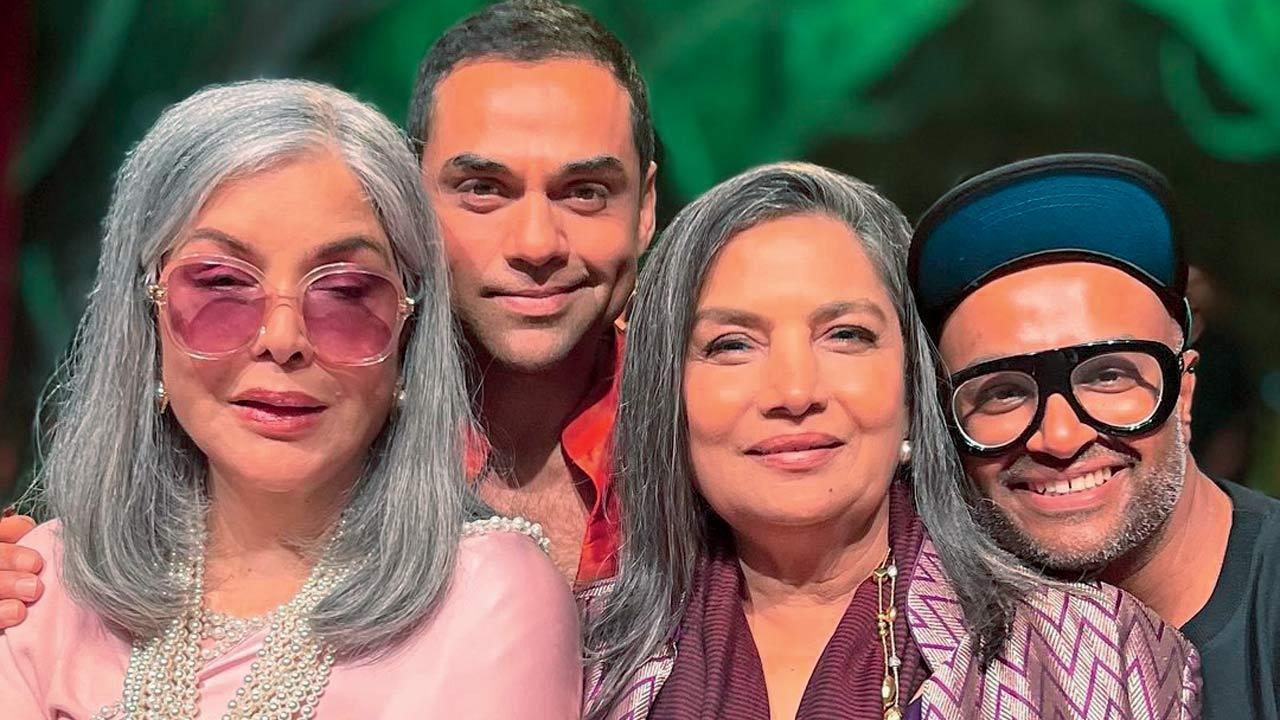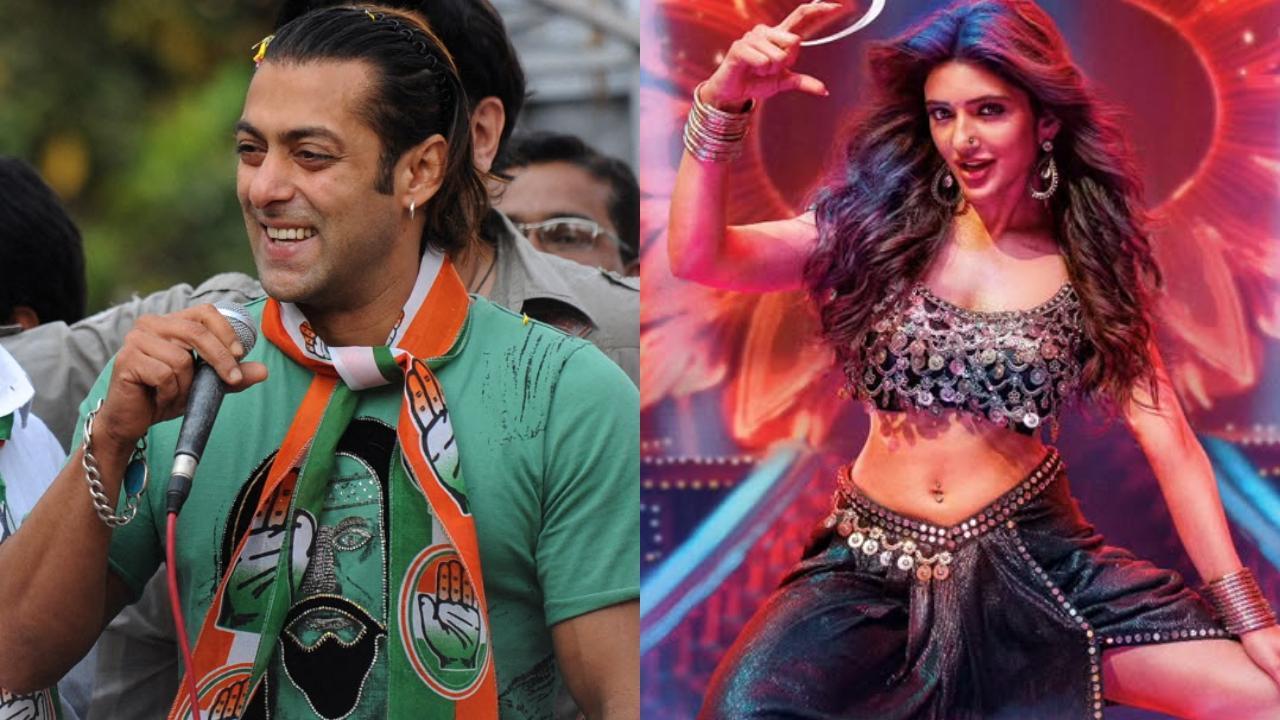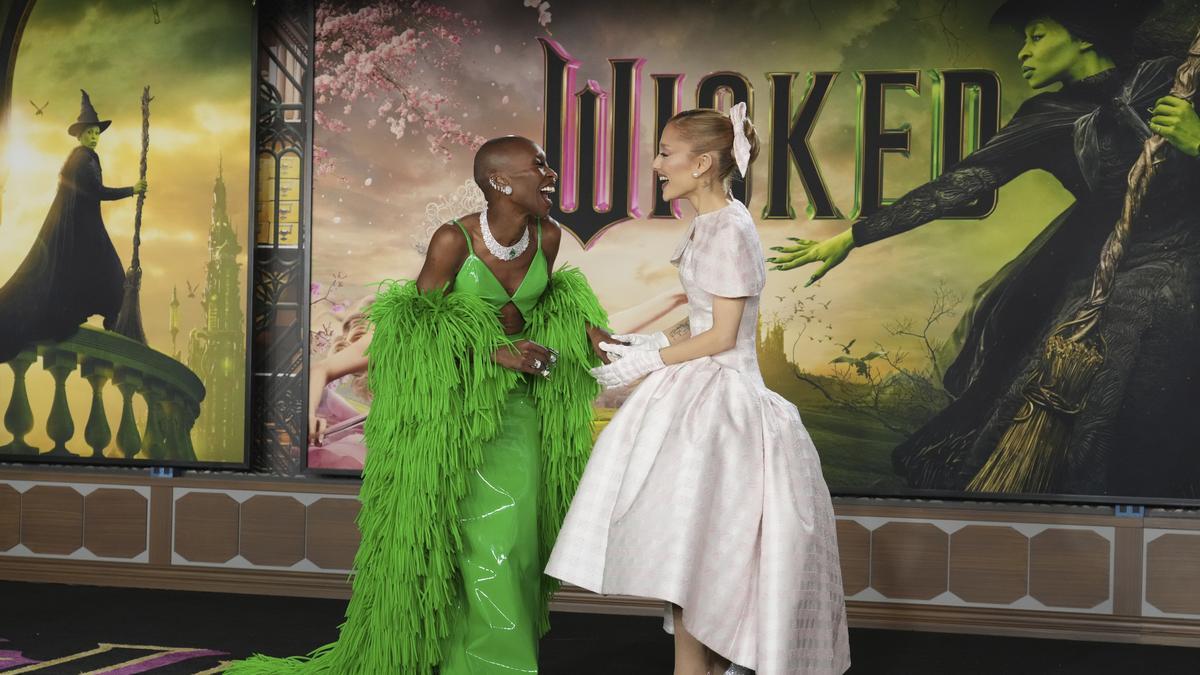
The Carnatic music world has caught the general global cold. Like in other fields, the youth here also think differently from its forefathers. Today there is an implosion of talent, intellect, articulate expression and confidence . Many young musicians are professionally qualified, which helps in cultivating a reasoning mindset. It manifests in many aspects. This sometimes rakes up unnecessary controversies. That is where the traditional establishment feels a sense of overreach.
Ariyakudi Ramanuja Iyengar, who gave a structure to the Carnatic repertoire
| Photo Credit:
The Hindu Archives
The concert format as we know today is probably a century-old, as history has captured the likes of Konerirajapuram Vaidyanatha Iyer, Tiger Varadachariar, Kanchipuram Naina pillai, Muthiah Bhagavathar and their contemporaries performing. In this over-hundred years of performance and public exposure, a few unwritten codes have been in vogue. For example, the bhakti linkage to our music was taken as a sacred notion. Most of these musicians were so erudite that they would not have merely accepted the prevailing thought. Credit should not be held back for their purposeful adoption of such notions. But now, the bhakti link is sometimes being questioned merely because it is an emotional and sub-conscious edict.
There are other manifestations of assertive behaviour including questioning some aspects of this classical system. For example, the dominance of one or two languages . Why Telugu or Sanskrit? Why not Tamil? (it is not the same as asking why not Tamil also?). Or that some communities have cornered all the glory of Carnatic music to the deliberate exclusion of others. It is a continuing debate.
Audience have become more welcoming of the changes.
| Photo Credit:
SRINIVASAN KV
Carnatic music as we hear today is an evolving product. There is a great potential for a constructive agenda that can lead to a new avatar. That will include spotlight on less-known vaggeyakaras and compositions, developing further insights into the intertwining of bhakti and compositions (even as a dispassionate subject), a deep-dive into making accompaniments more integral and co-creators of the show (it has now reached a pedestrian phase) and a sine qua non creativity structure within boundaries. In the quest for new knowledge will lie the next vista of glory. Not by challenging the old order for the sake of challenge.
The current generation of leading musicians has encouraged a lot of younger students to take up this profession seriously. So, we are seeing a flurry of 20-something talents. The essentials are conquered quickly and with dramatic ease.
Some would argue that this may impede the balance of finesse in music and conduct. In a sense, they may be seen as competent and yet vulnerable. But they are smart. They will find the role models for conduct or seekers of the higher conscience that is often considered inalienable in our music. They surely understand that music can be taught but character comes from within and often with a bit of greying. A musical career is a marathon, not a sprint. The long shadow of top musicians’ music and character falls on the next generation. That then requires a lot of self-regulated introspection to act as their compass. As with each generation, there is optimism that our music passes on to another generation with the heart of the art intact.
Published – November 23, 2024 03:40 pm IST
Friday Review










